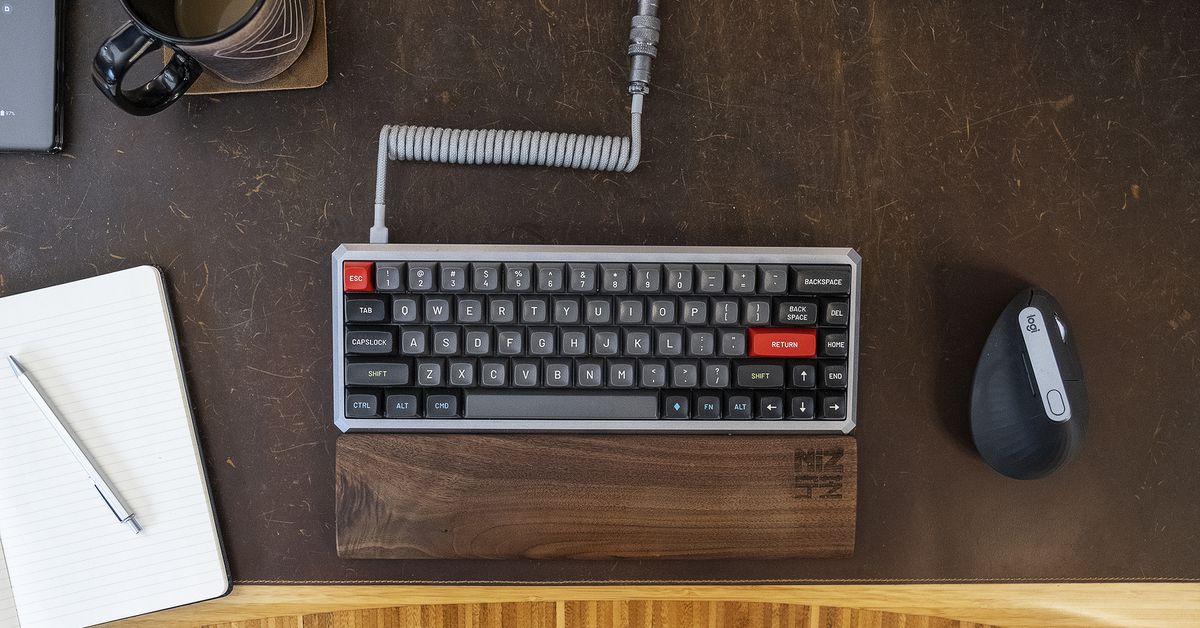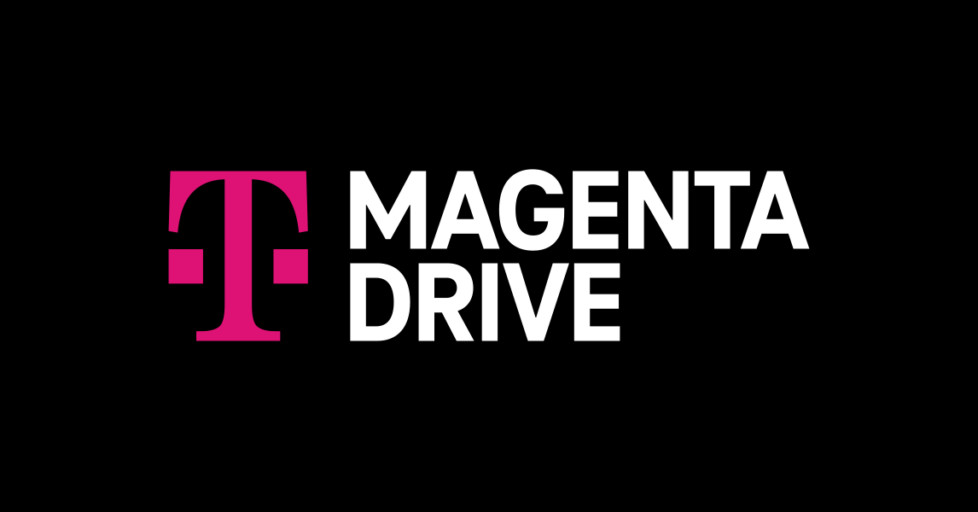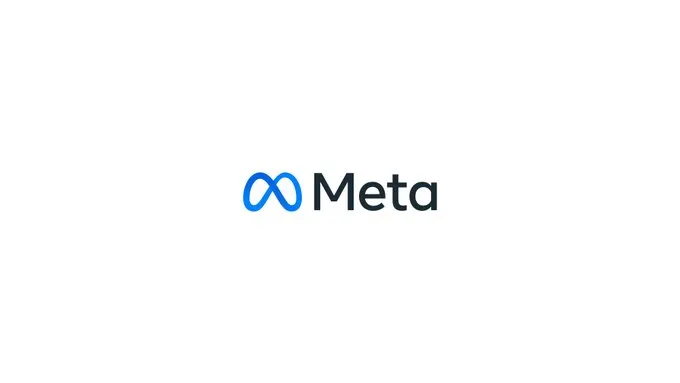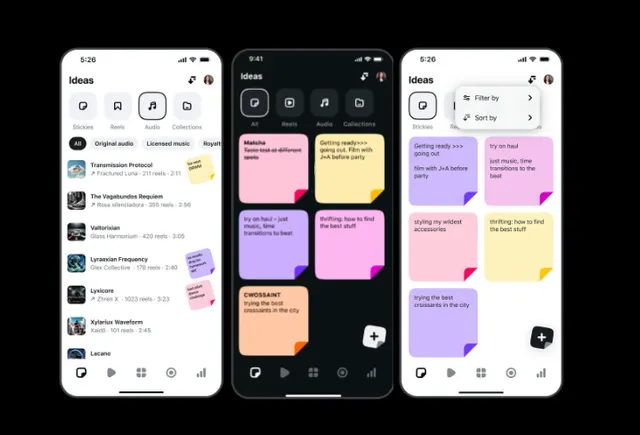What happened at Stitcher
Photo by Amelia Holowaty Krales / The VergeI told you I was gonna sob over that new MUNA song. I didn’t lie. Now, more non-lies! Aka news! But first, here’s Jake with something to flag for you all: What...
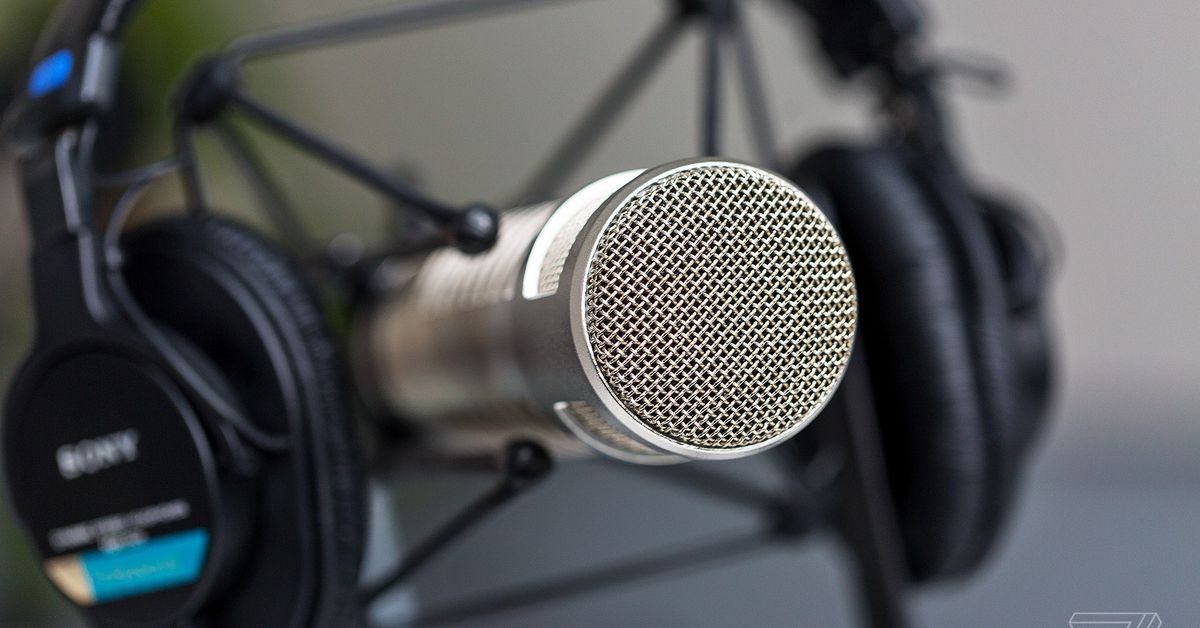
I told you I was gonna sob over that new MUNA song. I didn’t lie.
Now, more non-lies! Aka news!
But first, here’s Jake with something to flag for you all:
What happened at Stitcher
Hi everyone, I’m excited to share with you one more story from Ashley Carman — a piece she spent months reporting out and wrapped up right before she left.
The story is a deep dive into SiriusXM’s acquisition of Stitcher — how it went, where it went awry, and how it speaks to the broader podcasting landscape’s move toward consolidation and scale.
Former employees at Stitcher say SiriusXM lacked a podcast strategy when they were brought onboard, felt like the company didn’t empower them to act on their expertise, and clashed over basic things like cross-promotion and... even mentioning the name “Spotify.” The strategy shift has been particularly evident at the comedy network Earwolf, where fans have noticed a trickle of departing shows and hosts in recent months. Many of the smaller titles that made Earwolf known as a vibrant space for comedy have since left the network, while the studio has prioritized titles with mainstream hit potential, like Office Ladies and Storytime with Seth Rogen.
More than a quarter of Stitcher’s employees at the time of the acquisition have since left, including its CEO, CTO, and others from the C-suite, The Verge found. As Ashley writes, “Combined with the x-factors of a pandemic, a new corporate environment, and growing ways for shows to make it on their own without network support, the moment was right for a talent reckoning.”
There’s a lot more in the piece itself, including details on how some of this tension started before the acquisition. You can read the full story right here.
OK, back to Aria!
Radiolab’s big commitment to accessibility
Earlier this month, I clued Insiders in on a new Radiolab episode — a story told by the writer Elsa Sjunneson about how her life relates to Helen Keller’s — which was being produced in a way that Deaf-blind audiences could access in its entirety.
Radiolab has now put out an accompanying ASL video for the episode, and it’s also published a transcript specially formatted to load into digital Braille readers. I talked to the team about how and why this came together.
Creating these assets happened in stages and involved a lot of people from both within and beyond WNYC, but once shared, the process becomes replicable. To make a compatible transcript, for example, they hired an external Braille coordinator, Sharon von See, to convert the copy into an official “Braille Ready File” using a computer program. The ASL video, produced by WNYC social media producer Kim Nowacki, took many more steps, including two rounds of translation with outside interpreters April Jackson-Woodard and Eboni Gaytan.
Here’s that process, as explained to me by Radiolab sound designer Jeremy Bloom: he and Gaytan, who is not Deaf, listened through to the episode in 10-minute chunks; as she listened, Gaytan created a signed interpretation of what she heard, passing it along to Jackson-Woodard, who is Deaf; Jackson-Woodard then re-interpreted what she’d received from Gaytan, and it is Jackson-Woodard and her translation that you see in the final video.
As Bloom says, Jackson-Woodard “can interpret the work in a way that is more linguistically and culturally fluent than if we were to use a single hearing interpreter alone.” A third interpreter, Annie Dieckman, was also present to translate between Jackson-Woodard and himself since Bloom doesn’t know ASL. The resulting video was then adjusted to bring the signing into time with the audio, and to convey the true essence of Radiolab, it was also outfitted with specific written descriptions of the music and sound design, courtesy of the artist Shannon Finnegan (whose descriptions can also be read in the transcript).
These components are a big improvement from the existing delivery of this show’s content, but that delivery was actually pretty robust already. Uploading visual counterparts to audio, for example, has been an active practice for the team, who’ve published both closed-captioned videos of episodes and more experimental content, like a recording of a cassette (for an episode about cassettes) that shows you the spools spinning if you choose to watch it (but is fine to minimize into the background if you choose not to).
Taking inspiration from existing creators is one part of Radiolab’s new approach, which I’m told is broadly a result of feedback from the show’s audience; many fans rely on accessibility accommodations, and their experience of the show shouldn’t come at the expense of that. More recently, the team has collaborated directly with various people with disabilities as both paid contributors and expert sources. Looking ahead, I’m told that more ASL videos are on the way and that transcripts will always be available — yes, even if the larger audio industry hasn’t yet caught up.
“Last year, I saw Christine Sun Kim’s incredible Pop-Up Magazine video, and it helped me understand how much lusher sound descriptions in transcripts could be,” says Lulu Miller, one of Radiolab’s co-hosts. In this video, Sun Kim reimagines the way closed captions could be read by writing them herself, combining literal descriptions of feet “slapping” against floor tiles with more abstract descriptions, like “the sound of shampoo scent floating among the fog.”
“Ever since then,” Miller says, “we’ve all been hungry to find a way to step up our game in that area.”
EXCLUSIVE: PRX and Google’s new training program for less-than-new podcasters
Last convening in 2021, the Google Podcasts creator program is beginning its third iteration, with some notable changes.
This international training, co-facilitated by Google and PRX, has previously focused on new podcast producers, at times offering funding to up to 20 recipients at once. This time, only six small teams or individuals will be chosen for the program, which is focused on producers who are at least three years into their audio-making journey and whom the program can help monetize and grow what they’ve started.
With this goal in mind, that means another big change for the program: the funding that each could potentially receive has increased by over 60 percent since the last time it was up for grabs. Stephanie Kuo, director of training at PRX, says an increase in funding was in response to feedback from program alumni.
“The program this year is intended for those looking to take a current podcast and transform it from what may have been a passion project or side hustle into a business with revenue potential, while also continuing to refine creative development skills,” says Kuo. “With a goal to see more successful independent shows in the ecosystem, we want to help both podcasts and podcasters evolve in this way.”
You can find details about submission and eligibility on the program website, or tune into the informational webinar that PRX is hosting today at 2PM ET.
More toys for Apple podcasters
Today, Apple Podcasts announced new capabilities for creators who offer subscription channels while also teasing forthcoming listener metrics for regular ol’ podcasters.
Those who run premium channels can now do things like customize banners from show to show to advertise different paywalled perks. And starting in April, all podcasters’ listening metrics will start to differentiate between the activity of followers and non-followers, meaning those who opt in to be notified about new episodes versus those who don’t. With the latter, the goal is to help identify how many listeners are truly invested in a show (and might then be interested in becoming paying subscribers down the line).
Apple Podcasts Connect, the dashboard in which podcasters can see all these metrics, was revamped last spring; this spring, it seems to be blooming again.
Twitter Spaces increasing shareability (and asynchronous-ity)
Some Apple users now have the ability to share audio snippets from Twitter Spaces, a feature similar to what Clubhouse users gained this past September. With Clubhouse’s version, if clips are captured and posted quickly enough, they can spur people to joining a conversation as it’s happening; Twitter, on the other hand, is limiting the clipping feature to Spaces that have already been recorded, according to the official “Twitter Spaces” Twitter account (why). In that way, this newer feature appeals to people with waning interest in live audio.
The Verge has more details on the announcement, though I’m partial to this News9 write-up since there’s a typo that swaps “clip” for “clop,” and now I can’t stop thinking about horses.
Anna Sorokin joins podcast from jail
Last week, Anna Sorokin (the swindler and subject of the recent Netflix series Inventing Anna who is currently in ICE custody) appeared as a guest on the podcast Call Her Daddy, which I’m pointing out for two reasons, in addition to that just being an absolutely unhinged sentence.
First, it’s deliberately produced and marketed as a video episode, speaking to Spotify’s ongoing efforts to make video happen for its podcasts. The spectacle of having Sorokin beam in from a holding cell can’t exactly be ignored.
And second, this is now at least the second time that Call Her Daddy has produced sound-byte-friendly audio — last month, a quote from Julia Fox’s appearance on the show became viral TikTok audio. I don’t have equally high expectations for the potential of Sorokin’s appearance, mostly because the audio quality isn’t great, but host Alex Cooper did have at least one good line. In response to her guest disagreeing with the idea that, in being a con artist, she’s like a performer, Cooper interjects, “You are. You’re very confusing.” The silence that follows gets me every. single. time.
Hope anyone who’s going in person to Podcast Movement enjoys it! I’m on the East Coast, and I’m freezing.

 FrankLin
FrankLin 








